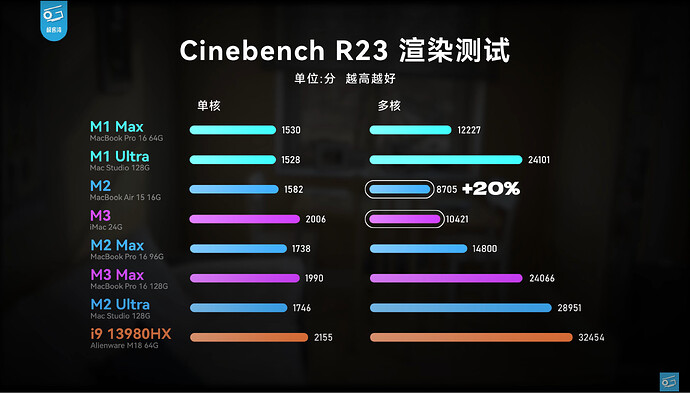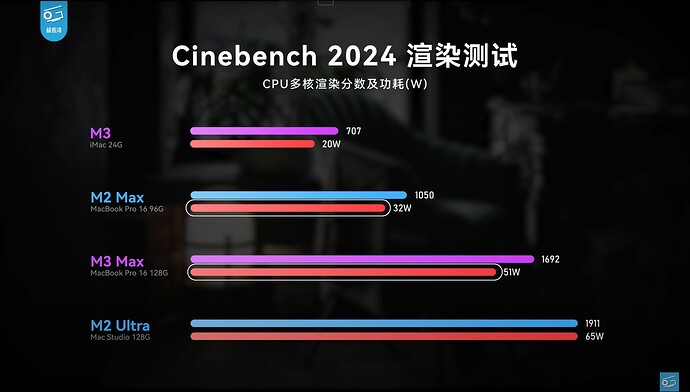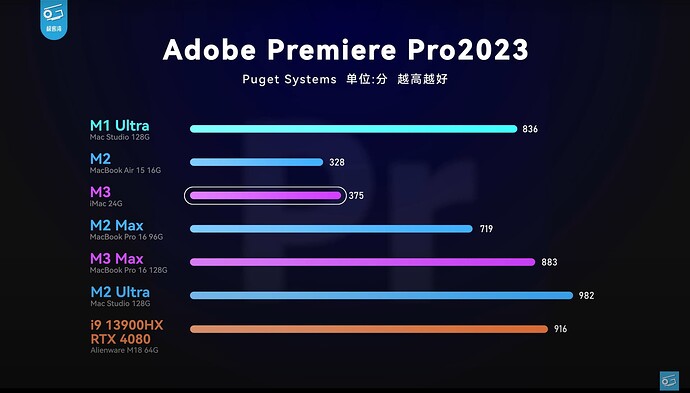In order to use more cores, I would love to see progress in memory bandwidth (always the bottleneck)…
more power efficient and less heat.
Plus the smaller node size means inherently faster internal speeds in the chip due to the shorter distances involved which when you are talking distances of 3 nanometers and the speed of light does matter.
In other words, wait for some real world data before assessing the changes, versus hypotheticals,
PS that smaller node size equals faster over all chip communication is a primary reasons for NVidias embrace of ever smaller node sizes to key performance improvements
Yes absolutely and another of the seemingly more intractable problems at the moment where DDR5 ram for instance in many cases far exceeds the corresponding bus/CPU they are connected to.
EG theoretical speed is 3x real world utilization at the moment
So the fact that it allows them to use fabrications with worse results has nothing to do with it. ![]() I am honestly asking this next one because I don’t know enough about it. Wouldn’t all that work with the same cores and bus sizes as before? If I shove less of something through a larger tube, it doesn’t impede it. (And the “they” in this is both Apple, Nvidia, and anyone else that makes something “lesser” and says that it is fine…)
I am honestly asking this next one because I don’t know enough about it. Wouldn’t all that work with the same cores and bus sizes as before? If I shove less of something through a larger tube, it doesn’t impede it. (And the “they” in this is both Apple, Nvidia, and anyone else that makes something “lesser” and says that it is fine…)
Edited to add, this also reminds me of the SSDs they were caught putting in the 512GB devices last year (and this year).
Since this has become our defacto Apple Silicon chip/fab news thread, I’ve moved it over to Platform Advancements.
As general rule of thumb, let’s try to keep things organized so that if you’re primarily posting Apple Silicon specs, it goes here, and if you’re doing spec-for-spec comparisons to Snapdragon X that can also go here.
However, if you’re starting for the reference point of SDX and comparing to ASi, then move that over to the QC thread. I’ve shuffled a few posts around along those guidelines.
tl;dw: Apple must be extremely worried about Snapdragon X Elite. M3 Series is indeed significantly faster but only thanks to significantly higher power draw. 51W and 1050 multicore score in the M3 Max in Cinebench 2024 compared to 32W and 1692 multicore core in the M2 Max. That represents a 59% increase power draw against a 61% performance improvement from M2 Max to M3 Max, meaning for practically each added percentage point of performance improvement comes an added percentage point of power draw. So power draw is far and away the single biggest contributor in the performance gains here for the M3 Series. Notably, the whisper quiet fans are also gone with nearly double the RPM (4000 RPM versus 2200 RPM) and over 10 dB louder fan noise emission (43.8 dB versus 32.9 dB). Suddenly, Snapdragon X Elite looks a lot more appealing to me.



















